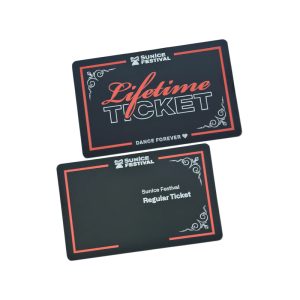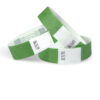ntag 213
September 12, 2025
ntag 213 proposal! ntag 213 official support.GOV,ntag 213 active! # Understanding NTAG 213: A Comprehensive Guide to NFC tampal rfid
## Introduction to NTAG 213
NTAG 213 is a specific type of NFC (Near Field Communication) tag developed by NXP Semiconductors. It belongs to the NTAG family, which is widely used in various applications due to its reliability, affordability, and compatibility. NFC technology, a subset of RFID (Radio Frequency Identification), enables short-range wireless communication between devices. The **NTAG 213** is particularly popular for its balance of memory capacity, cost-effectiveness, and ease of use. This tag operates at 13.56 MHz and complies with the ISO/IEC 14443 Type A standard, making it interoperable with most NFC-enabled devices like smartphones and tablets.


The **NTAG 213** is designed for applications where a moderate amount of data storage is required. It offers 144 bytes of user memory, which is sufficient for storing URLs, contact information, or small amounts of text. Its versatility makes it ideal for marketing campaigns, product authentication, and interactive experiences. As NFC technology continues to evolve, understanding the capabilities and limitations of tags like **NTAG 213** is crucial for developers, businesses, and enthusiasts.

## Technical Specifications of NTAG 213

The **NTAG 213** boasts several key technical features that set it apart from other NFC tags. It has a memory organization divided into 36 pages, each containing 4 bytes, resulting in a total of 144 bytes of user-accessible memory. This memory is used for storing NDEF (NFC Data Exchange Format) messages, which are standardized formats for exchanging information between NFC devices. The tag supports fast read and write operations, with a typical reading distance of up to 5 cm, depending on the antenna design and the power of the NFC reader.
One of the standout features of **NTAG 213** is its security capabilities. It includes a unique 7-byte serial number for each tag, ensuring authenticity and preventing cloning. Additionally, it supports password protection for memory access, allowing users to lock certain areas of the memory to prevent unauthorized modifications. This makes **NTAG 213** suitable for applications requiring a level of security, such as access control or payment systems. The tag also has a configurable capability container (CC) that defines the memory layout and compati The Use of RFID for Human Identity Verification
Phone: +86 19925232774
Hours: Mon-Fri 9:00AM - 6:30PM